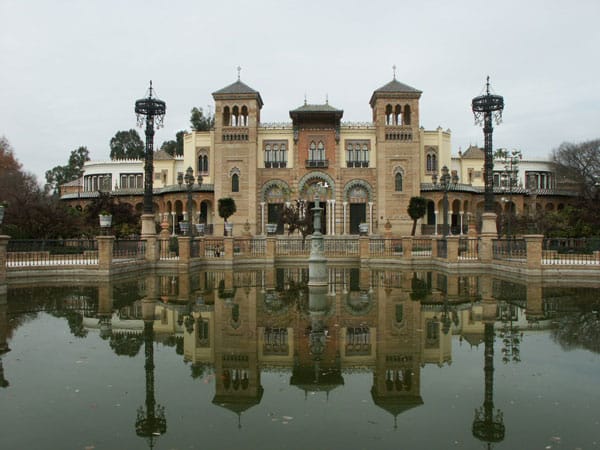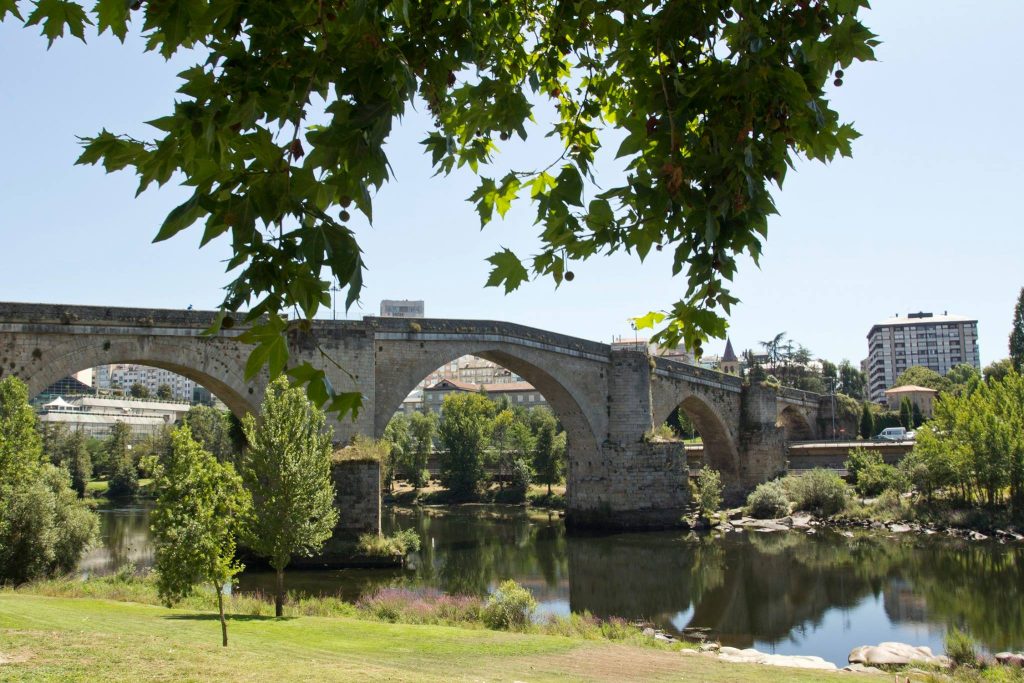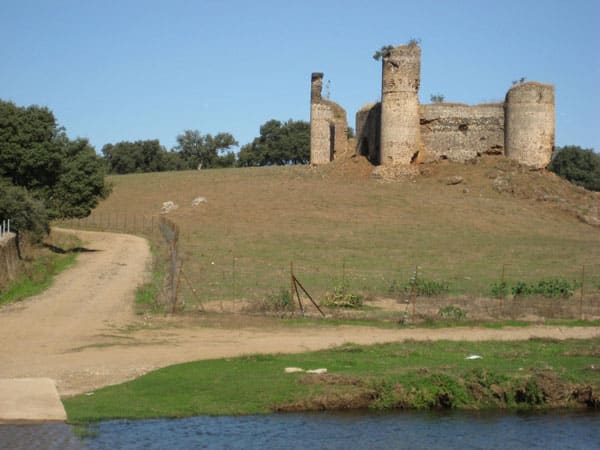Embarking on a Camino de Santiago pilgrimage is an experience filled with spiritual, cultural, and physical enrichment. While the popular Caminos, like the French Way and the Portuguese Way, often attract large numbers of travellers, some seek a quieter, more solitary journey. For those yearning for a path less trodden, the least travelled Camino offers a unique opportunity. But which one is it? Let’s explore.
Understanding the Camino de Santiago
The Camino de Santiago, also known as the Way of St. James, is a network of pilgrim routes leading to the shrine of the apostle Saint James the Great in the cathedral of Santiago de Compostela in Galicia, northwestern Spain. Traditionally, these paths have been walked as a pilgrimage, with various routes starting from different parts of Europe.

The Most Popular Routes
The most frequented routes include the Camino Francés (the French Way) and the Camino Portugués (the Portuguese Way). These routes are renowned for their well-established infrastructure, beautiful landscapes, and rich cultural experiences.
Discovering the Least Travelled Camino: The Via de la Plata
Historical Significance
The Via de la Plata, or the Silver Route, is considered the least travelled Camino. This ancient path has historical roots dating back to the Roman times, originally serving as a Roman road. It stretches approximately 1,000 kilometres, making it one of the longest Camino routes.
The Journey
Starting from Seville in southern Spain, the Via de la Plata travels north through the less frequented regions of Extremadura and Castile and León before reaching Santiago de Compostela. This route offers a distinctive experience, diverging from the more popular paths in terms of scenery, culture, and solitude.

Why Choose the Via de la Plata?
Solitude and Reflection
With its relatively lower foot traffic, it offers an ideal setting for pilgrims seeking a journey rich in introspection and solitude. This lesser-known path provides a more contemplative and personal experience, allowing pilgrims the space and quiet to deeply reflect and connect with their surroundings and themselves. This unique atmosphere of tranquillity and personal space makes the Via de la Plata a special choice for those looking for a more solitary pilgrimage experience.
Diverse Landscapes
The Via de la Plata traverses a tapestry of diverse landscapes, actively revealing the varied beauty of Spain. It takes pilgrims through the verdant valleys of southern Spain and into the rugged terrain of the north. This variety enriches the journey with visually stunning and distinct scenery, offering a different experience from the more frequented northern Camino routes.
Rich Cultural Tapestry
The Via de la Plata actively showcases the rich history and cultural diversity of Spain. As pilgrims journey along this route, they encounter Roman ruins, medieval towns, and regions teeming with unique local traditions. This path offers an enlightening glimpse into the less explored aspects of Spanish heritage, making it a vibrant and educational experience.

Preparing for the Via de la Plata
Physical Demands
Given its length and diverse terrain, the Via de la Plata can be physically demanding. Adequate preparation, including physical training, is advisable. Check out how to train to walk the Camino to discover essential tips.
Accommodation and Infrastructure
While the Via de la Plata has undergone infrastructure improvements, it still offers fewer facilities compared to the more popular Camino routes. So, actively planning accommodation is highly recommended, particularly in the route’s more remote areas. This proactive approach ensures a smoother journey, providing comfort and security throughout the pilgrimage. For more information on accommodation and planning, contact us.
Best Time to Travel
Spring and autumn actively present the best times to walk the Via de la Plata. These seasons offer favourable weather conditions, enhancing the walking experience. They allow pilgrims to avoid the extreme heat of the Spanish summer, making the journey more comfortable and enjoyable. This choice of timing aligns the pilgrim’s journey with the most pleasant climatic conditions. Check out our blog on which months to walk the Camino.
Embracing the Road Less Travelled
The Via de la Plata presents a unique opportunity for pilgrims to explore a less crowded but equally enriching path of the Camino de Santiago. Its combination of solitude, stunning landscapes, and rich cultural heritage makes it a compelling choice for those looking to venture off the beaten path. Whether you’re a seasoned pilgrim or a first-time traveller, the Via de la Plata offers a deeply personal and unforgettable journey, full of discovery and self-reflection.
For more information about the Camino de Santiago routes or to book your trip, contact us.
